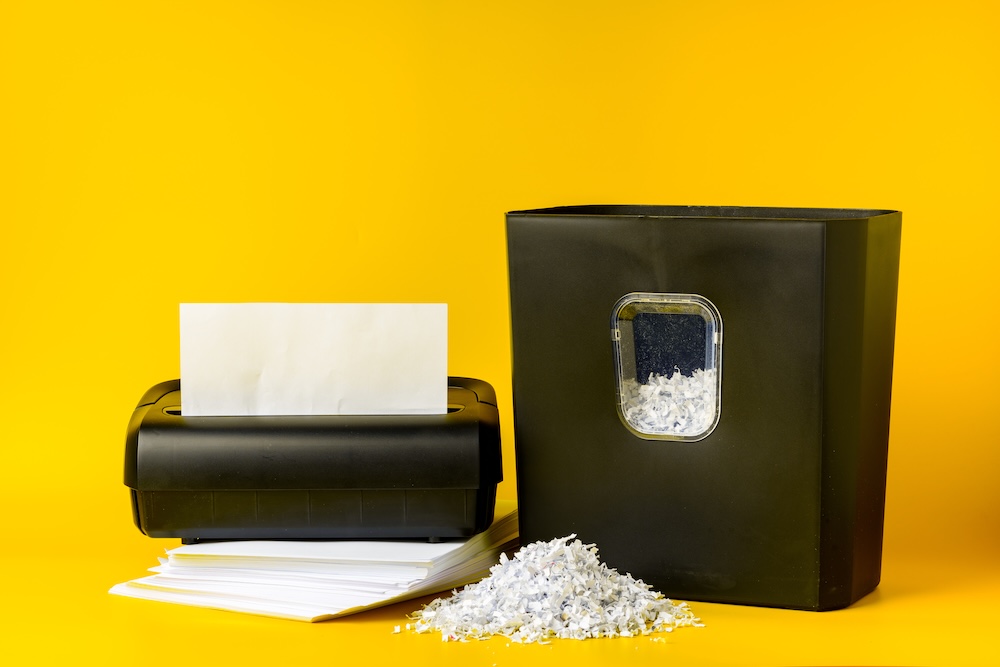Every workplace has a drawer, cabinet, or supply closet filled with pens, sticky notes, binders, branded folders, and outdated tech accessories. But have you ever stopped to consider where all that office “stuff” goes when it’s no longer needed — or worse, never used at all?
Office supply waste is one of the most overlooked contributors to environmental damage in the modern business world. From resource extraction to manufacturing, packaging, and disposal, the everyday tools of the trade are leaving a lasting mark on the planet.
The Scope of the Problem: How Much Office Waste Are We Talking About?
While office supply waste may seem minor compared to industrial emissions or plastic packaging, its scale is staggering.
- The average office worker uses 10,000 sheets of paper each year.
- Over 1.6 billion pens are discarded annually in the U.S. alone.
- Printer cartridges account for over 375 million units thrown away globally each year — most end up in landfills.
- Countless items like outdated letterhead, notebooks, paper clips, and branded folders are thrown away after short or zero use.
When scaled across entire office buildings and corporate campuses, the waste adds up fast.
What Exactly Gets Wasted?
Paper and Printing Materials
Even in the digital age, many workplaces are paper-heavy.
- Memos, agendas, and printed emails.
- Misprints and one-time-use presentations.
- Promotional flyers and physical newsletters.
Much of this paper is printed unnecessarily or double-sided when it could be digital. Worse, not all of it gets recycled.
Writing Instruments
Pens, highlighters, markers, and dry erase markers are often treated as disposable, even if they still work.
- Most pens are made from plastic and are non-recyclable.
- Dried-out markers and broken pencils are rarely reused.
Binders, Folders, and Notebooks
These items are often ordered in bulk and used inconsistently.
- Branded materials may be discarded after rebranding.
- Notebooks with only a few pages used are tossed out.
Sticky Notes and Adhesives
Adhesive-based office supplies create additional landfill problems, as many recycling facilities can’t process sticky residue properly.
Promotional Swag
Items like branded notepads, mouse pads, or calendars often go unused or become outdated quickly.
- These are typically made from a mix of materials that are hard to recycle.
- Most end up in the trash after events or product launches.
Why So Much Waste Happens
Overordering and Bulk Culture
Many workplaces order in bulk to save on cost — but this often leads to overstocking and eventual disposal.
Poor Inventory Management
Supplies are scattered across departments with no real tracking system, leading to duplicate purchases or lost items.
One-Size-Fits-All Procurement
Standardized supply orders often ignore actual employee needs, resulting in unused materials.
Branding and Rebranding
Branded supplies become obsolete after a logo update or merger, making entire inventories of materials unusable.
The Environmental Impact of Office Supplies
Every supply item carries an invisible trail of environmental damage:
- Paper = deforestation, water use, energy-intensive processing.
- Plastic pens and folders = fossil fuel extraction, pollution, landfill accumulation.
- Ink and toner = hazardous waste, difficult to recycle, chemical runoff.
- Shipping and packaging = excess cardboard, plastic wrap, and emissions from delivery.
These seemingly small impacts, repeated millions of times across companies and offices, compound into major environmental costs.
What Can Businesses Do Differently?
Shift to Digital Workflows
- Encourage e-signatures and cloud-based collaboration tools.
- Digitize meeting notes, memos, and internal documents.
- Limit printing to essentials, and track usage.
Implement a Smart Supply System
- Use a centralized inventory management system.
- Conduct regular audits of what’s actually used vs. what’s being ordered.
- Allow employees to request specific items instead of blanket orders.
Opt for Sustainable Alternatives
- Refillable pens and markers.
- Recycled or FSC-certified paper.
- Plastic-free or metal clipboards and folders.
- Digital whiteboards instead of sticky notes.
Donate or Reuse Surplus Supplies
- Unused supplies can be donated to schools, nonprofits, or shelters.
- Old binders and folders can be reused for internal purposes.
Educate Staff and Set a Policy
- Train employees on waste-reducing habits.
- Include sustainability goals in procurement policies.
- Encourage a “use what you have first” mindset.
Why It Matters: The Bigger Picture
Reducing office supply waste isn’t just about decluttering — it’s about aligning business practices with the values of sustainability and responsibility.
- Lowering supply waste reduces procurement and waste disposal costs.
- Employees feel more empowered when they work in eco-conscious environments.
- Businesses that adopt sustainable practices build better brand trust with clients and consumers.
Office supply waste may seem like a small issue, but it’s symbolic of much bigger patterns: overconsumption, disconnection from environmental impact, and resistance to change. Tackling it is an easy, visible first step toward greater corporate sustainability.
Final Thoughts: Waste Less, Work Smarter
The waste hiding in office drawers and closets tells a story of missed opportunities — to save resources, reduce emissions, and set a better standard for the future of work. By rethinking how we purchase, use, and dispose of office supplies, companies can make a meaningful impact with surprisingly little effort.
Sometimes, the greenest change isn’t the biggest — it’s just the one we actually act on.










Reader Interactions